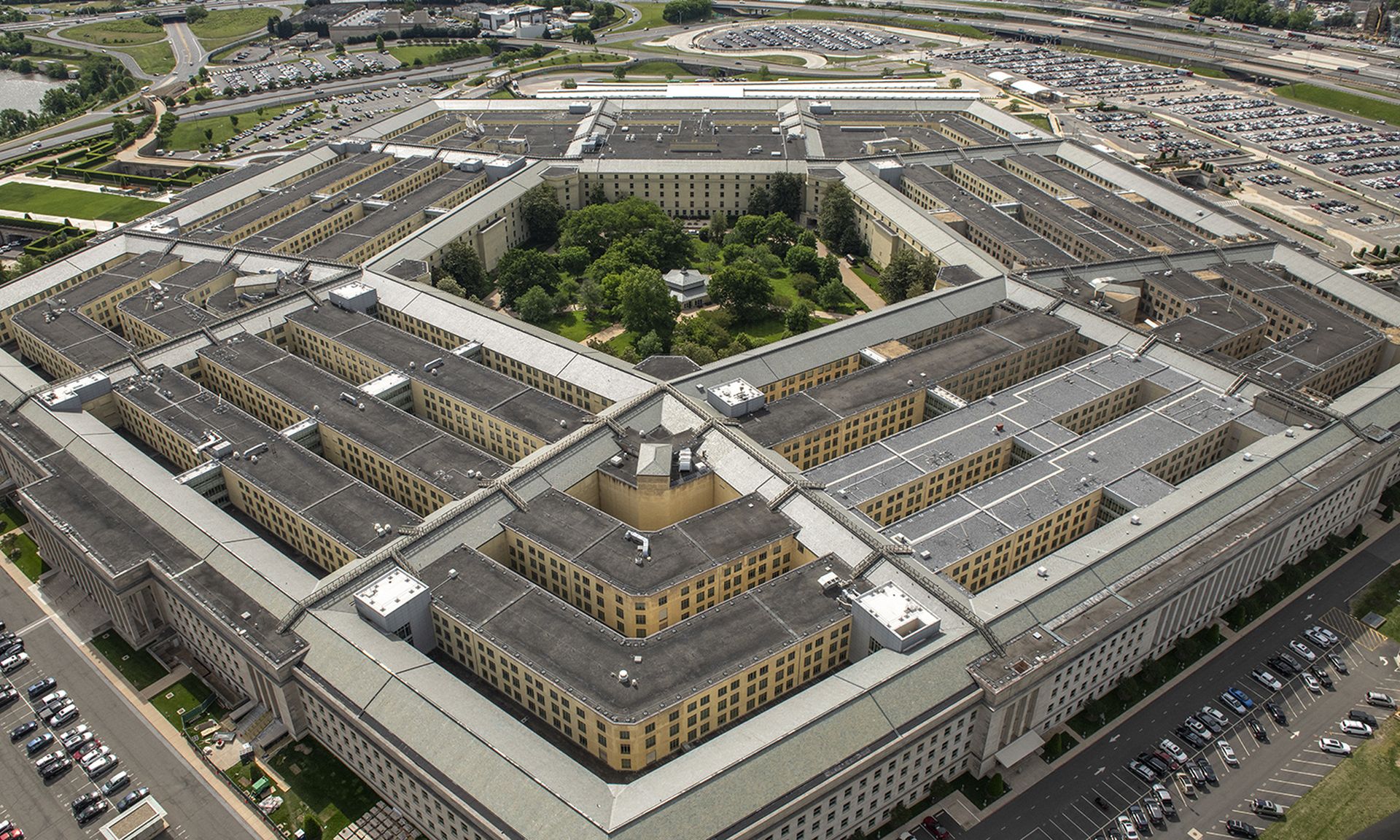For decades, the U.S. federal government acted as the primary engine of cybersecurity innovation. It offered deep pockets, clear mission alignment, and long-term contracts that helped security organizations refine and scale cutting-edge security tools. But
that era may be ending.
Procurement backlogs, shrinking budgets, rising skepticism toward federal institutions and a heavy dose of
political uncertainty have clogged the pipeline. At the same time, the cybersecurity challenges of public and private sectors are converging—creating both risk and opportunity for security organizations who’ve historically depended on Washington’s spending cycles.
According to the
Institute for Critical Infrastructure Technology (ICIT), the shift is not temporary. It’s structural. And security organizations that want to survive—and thrive—in this new environment must look beyond the Beltway.
Other articles in this series:The shifting landscape of federal cybersecurity procurement
Historically, federal agencies were early adopters and innovation hubs. From DARPA’s seed funding of foundational technologies to DHS’s early investments in cyber defense platforms, “selling to Uncle Sam” often meant being on the bleeding edge of security.
But today, procurement delays and institutional gridlock are slowing progress. Agency leaders have warned of the risks, with initiatives like the
National Security Innovation Network trying to reestablish ties between emerging tech companies and national security missions. Yet even those programs face uncertainty amid shifting political winds and fiscal constraints.
Budgetary cuts, particularly those proposed at the Department of Energy’s cybersecurity divisions, are already threatening the pipeline of R&D contracts. Meanwhile, trust in government institutions—both within industry and among the public—is steadily eroding, complicating collaboration.
Understanding the new normal
ICIT has been vocal about the need to understand these shifts not just as policy issues but as operational ones. In its
ongoing work, ICIT highlights how digital consolidation, legacy system dependencies, and fragmented procurement strategies are weakening the federal government’s ability to respond to modern threats. At the same time, the Trump Administration is making deep cuts in programs that have a direct impact on cybersecurity efforts in both the private and public sectors.
From their perspective, the traditional top-down model of cyber innovation—where breakthroughs at the federal level trickle down to the private sector—may be giving way to something more decentralized, and more commercially driven.
The hidden risk: Over-reliance on federal contracts
Many cybersecurity companies, especially startups and niche vendors, have built their business models around the promise of large federal deals. But that strategy now comes with major risks.
When policy changes, entire product categories can lose viability overnight. When budgets tighten, innovation is often the first to go. And when procurement cycles stretch across quarters or years, companies can run out of runway before a contract is signed.
Even large, well-established players aren’t immune. Those who fail to diversify risk becoming collateral damage in the next budget standoff or agency reorg.
Exploring alternate markets
So where should security organizations turn?
ICIT and others point to a growing demand for mission-aligned cybersecurity solutions in:
State and local government agencies facing ransomware and election security challenges.Critical infrastructure sectors such as healthcare, energy, transportation, and water management.International markets, especially in allied nations modernizing their cyber defenses. These buyers may have smaller budgets—but they often move faster, face equally urgent threats, and are more open to creative partnerships.
ICIT’s guidance on strategic pivoting
Rather than abandon public-sector engagement, ICIT advises vendors to
broaden their lens. Their frameworks suggest:
Prioritizing interoperability over bespoke federal integrations.Building solutions that scale across verticals, from government to industry.Developing market intelligence teams focused on identifying non-federal opportunities.Engaging with trusted networks and ISACs to understand needs beyond procurement portals. Embracing a broader horizon
Cybersecurity remains a mission-driven field. But the shape of that mission is changing.
The federal government is no longer the only, or even the primary, engine of innovation and procurement. For vendors, clinging to that model is no longer a growth strategy—it’s a risk.
Diversification isn’t a pivot away from purpose. It’s a recommitment to relevance. The organizations that will lead the next era of cybersecurity won’t be defined by who they sell to—but by how well they adapt to an evolving landscape of threats, technologies, and buyers.
Related content:




